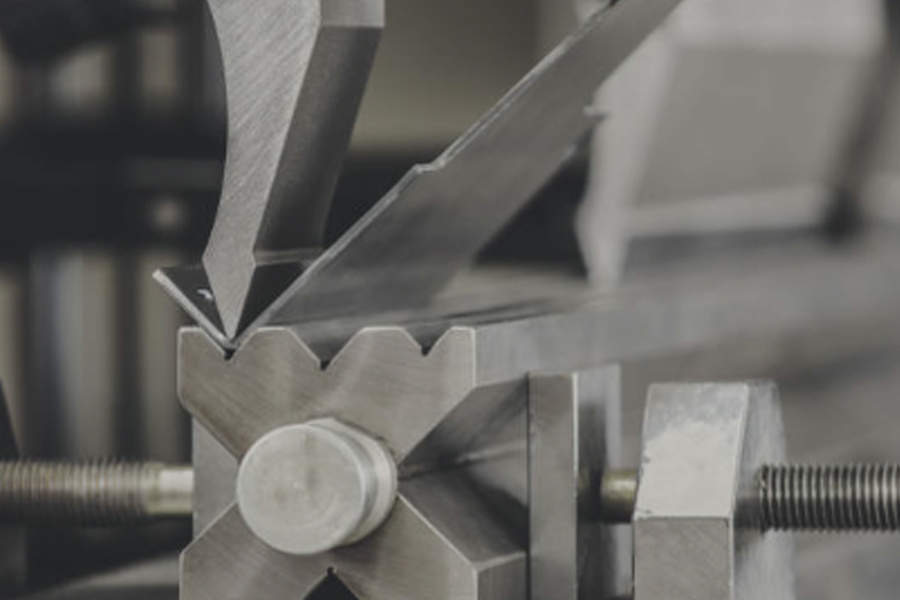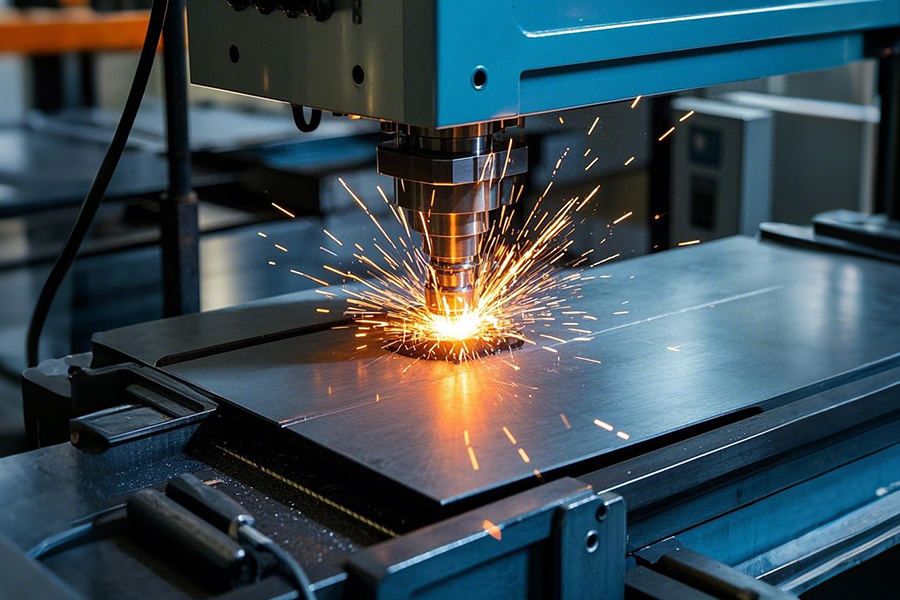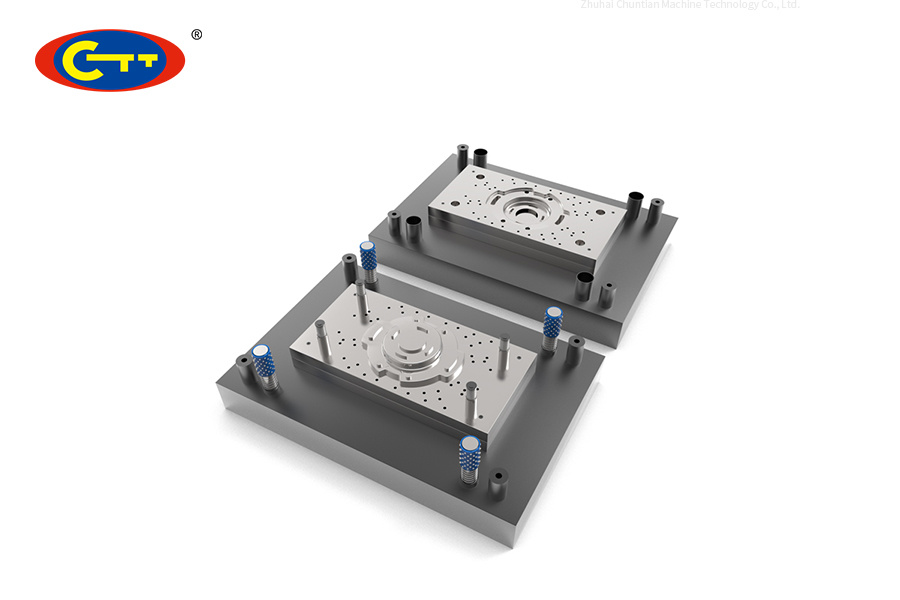Innovation and controversy of thin material processing technology
Release time:
2024-12-31
This article revolves around thin material processing technology, and tells about the innovation of stamping, bending, welding and other processes in sheet metal processing, such as the application of high-precision molds and CNC equipment. At the same time, it also discusses the controversy it has caused, including issues such as cost, technical threshold and increased raw material requirements, showing the full picture of thin material processing technology.
In many fields of manufacturing, thin material processing technology occupies a pivotal position, especially in the sheet metal processing industry. With the continuous advancement of science and technology, thin material processing technology has undergone continuous innovation, but it is also accompanied by some controversy.
For thin material processing in sheet metal processing, stamping is a common process method. When processing thin materials, traditional stamping processes often face problems such as uneven material deformation and poor quality of the blanking section. Due to the relatively weak rigidity of thin materials, they are easily subjected to excessive stretching or bending deformation due to the pressure of the mold during the stamping process, resulting in the dimensional accuracy of the parts being difficult to guarantee. In order to solve these problems, modern stamping processes have introduced high-precision mold manufacturing technology and advanced stamping equipment. For example, advanced mold design software is used for simulation analysis to optimize the structure and stamping parameters of the mold, so that the material force during the stamping process is more uniform, thereby improving the flatness and dimensional accuracy of the blanking section, and being able to produce more precise sheet metal parts to meet the high-precision requirements of electronic equipment, precision instruments and other industries for thin material parts.

Bending technology is also a key link in thin material processing. When bending thin materials, the material is prone to cracks or excessive rebound. In the past, workers often relied on experience to adjust the bending angle and strength, but this method could hardly ensure the consistency and stability of the product. Today, the emergence of CNC bending machines has revolutionized this process. Through precise programming control, CNC bending machines can automatically adjust the stroke and pressure of the bending mold according to the material, thickness and other parameters of the thin material to achieve high-precision bending operations. At the same time, some new bending molds use special coatings and materials to reduce the damage to the thin material during the bending process, improve the quality and efficiency of the bending, and are widely used in the production of thin sheet metal parts in the automotive, home appliance and other industries.
However, the innovation of thin material processing technology is not smooth sailing, and it has also caused some controversy. When welding thin materials, due to the thin thickness of the material, the heat input during the welding process can easily cause excessive deformation of the plate, affecting the overall quality of the product. Traditional welding methods such as manual arc welding are difficult to control the welding heat input, making deformation correction after thin material welding a difficult problem. Although the newly emerged laser welding technology can achieve high-precision and low-deformation welding effects, the equipment cost is high and the technical requirements for operators are also high, which makes some small and medium-sized enterprises face the dual pressure of cost and technical threshold when adopting new technologies.
In addition, the innovation of thin material processing technology also puts higher requirements on the quality and performance of raw materials. In order to adapt to the new processing technology, the material of thin materials needs to have better ductility, strength and surface quality, which to a certain extent increases the procurement cost and quality control difficulty of raw materials.

Despite the controversy, the innovation of thin material processing technology has undoubtedly brought many opportunities to the manufacturing industry. By continuously improving stamping, bending, welding and other processes, the accuracy and efficiency of thin material processing have been improved, the application range of thin material products has been expanded, and lighter and higher-performance products can be manufactured to meet the needs of modern industry for energy conservation, environmental protection and product performance improvement. At the same time, with the continuous development of technology and the gradual reduction of costs, new thin material processing technology will be promoted and applied in more enterprises, promoting the entire manufacturing industry to a higher level, playing a more important role in the future aerospace, new energy vehicles and other fields, and providing strong technical support for industrial upgrading.
Key Words






